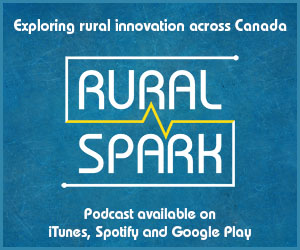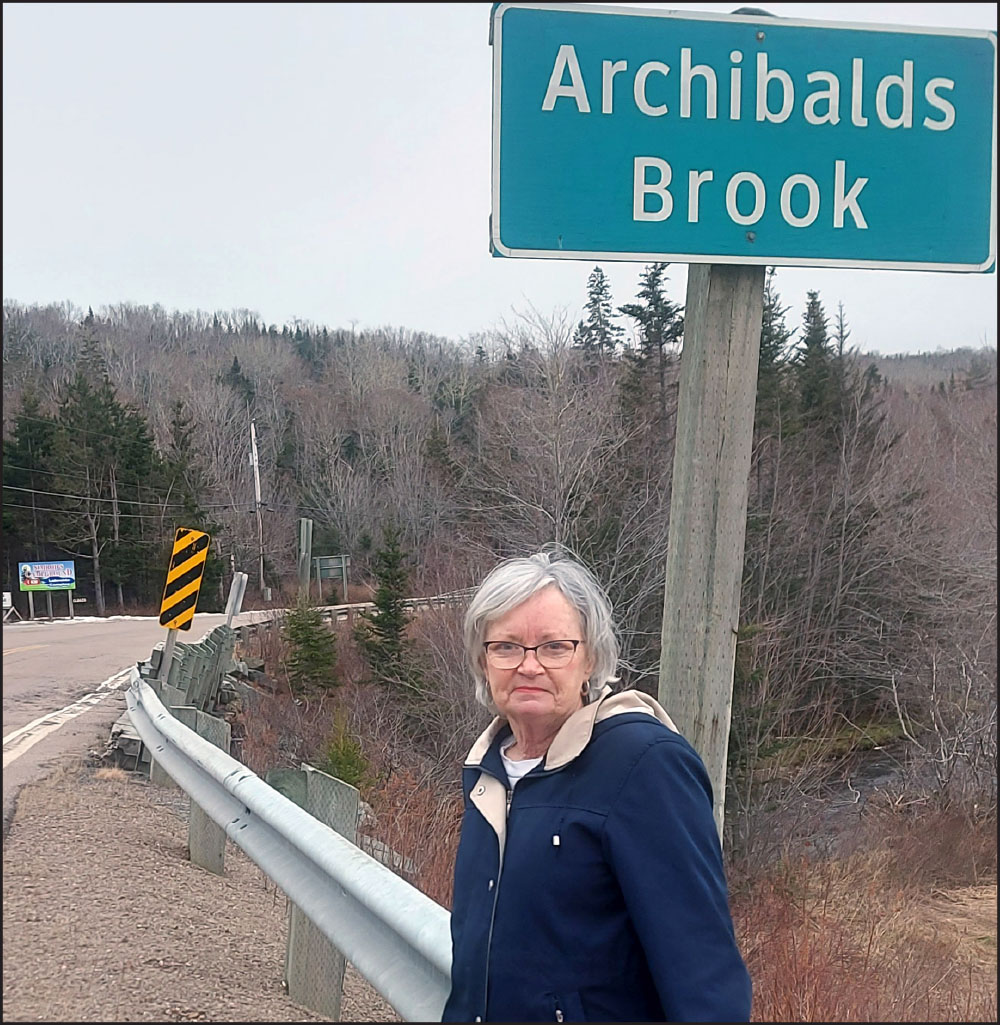ST. MARY’S – The St. Mary’s River Association (SMRA) has received $1.56 million from the federal government to further its decade-long work of restoring the fabled river, where Babe Ruth once cast a line for salmon.
The single-largest grant in the SMRA’s history — announced March 17 — will be spent over the next four years “to build on the 30-plus linear kilometres of work we have been doing since the development of St. Mary’s River Recovery Strategy Report in 2013,” said president Scott Beaver in an email to The Journal.
The SMRA — which applied for the funding from the Department of Fisheries and Oceans new Aquatic Ecosystems Restoration Fund (AERF) in November — has already researched the river’s water chemistry, improved fish access and enhanced wild stocks. Now, Beaver noted, “The AERF funds will focus more on restoring degraded aquatic habitat along the St. Mary’s by applying proven in-stream techniques.”
According to DFO’s website, the five-year AERF — which replaces and expands the Coastal Restoration Fund — is “part of the renewal of the national Oceans Protection Plan, a $75-million program designed to support aquatic restoration” and address the causes of environmental degradation on Canadas’s coasts and rivers.
Specifically, the AERF supports “strategic planning,” projects that reflect “restoration priorities,” public education about “the impacts of human behavior on aquatic habitats, and initiatives that encourage and build ‘local capacity’ in communities.”
“We are extremely excited to get back into the river,” Beaver said. “Over the past 10 years, more than $3 million has been spent in this watershed to make improvements [to]… the river and its tributaries,” reflecting both “ours and DFO’s conclusion that the freshwater habitat within the river needs to be improved to increase the productivity of Atlantic salmon across all stages of the lifecycle.”
For generations, the river had been one of Nova Scotia’s most productive salmon streams, attracting fishers from all over the country and world, including the American baseball great Ruth in the 1930s. Since then, pollution and industrialization have undermined populations of sport fish there and in almost every other fresh watercourse in the province. However, results of recent conservation, preservation and reclamation work by the SMRA, DFO and others have been promising.
Last year, the Nova Scotia Nature Trust purchased and protected 133 acres of environmentally sensitive land along river’s West Branch, upstream from Sherbrooke, a move that complemented more than 1,400 acres the organization has already safeguarded from heavy commercial and industrial use. Not included in that area was 684 hectares of woodlands, wetlands and lakes belonging to the Archibald Brook watershed.
Since 2019, the Atlantic operations of Australian gold mining company St Barbara has set its sights on a nearby, St. Mary’s River watershed tract of land for an open pit mine, which would need substantial amounts of fresh water for operations. The scheme has prompted strong opposition from local and provincial groups, including the SMRA, but an internal reorganization earlier this year at St Barbara has raised questions about the corporation’s commitment to mining the area any time soon.
Said Beaver: “I’m not sure about the federal government sending a message here about extractive giant open pit gold mines on St. Mary’s River, but we sure will at any opportunity available…. I certainly believe awarding SMRA $1.56 million acknowledges the ecological integrity of the river system and is very much reaffirming to our team that we are on the right path… This freshwater gem is no place for giant extractive gold mining.”
Meanwhile, he noted, the new habitat restoration work should continue to provide gainful employment for many in the area.
“Our river restoration work has generated employment for many years now. MacInnis Natural Resources Services Inc., based out of Antigonish, is the company we contract out to do the actual engineering plan and oversee the implementation of our in-stream work. Local contractor GF MacDonald & Sons Ltd., located on the East Branch of the river, have been doing the in-stream work with machinery since we started back in 2015. Generally, students are used for water chemistry testing and instream habitat restoration installers.”
In an email to The Journal on March 17, Deirdre Green, the Atlantic Salmon Federation’s (ASF) program director for Nova Scotia said her organization was “thrilled” to learn about the federal funding to the SMRA.
“The St. Mary’s River is touted as one of mainland Nova Scotia’s last salmon strongholds. ASF will continue to support the St. Mary’s River Association so that, 100 years from now, our children and grandchildren may inherit a healthy and productive ecosystem.”








